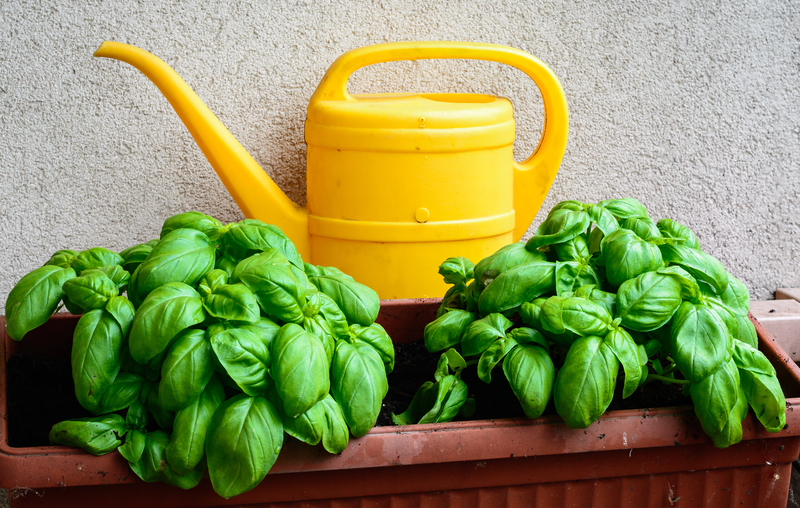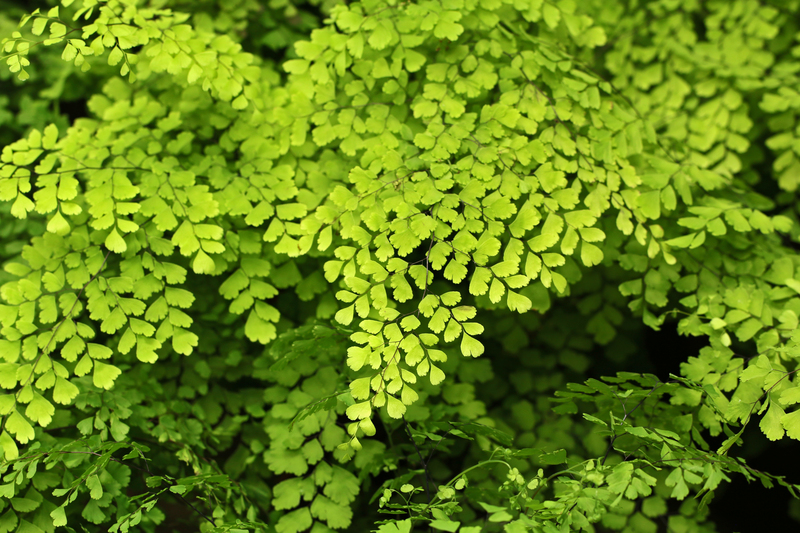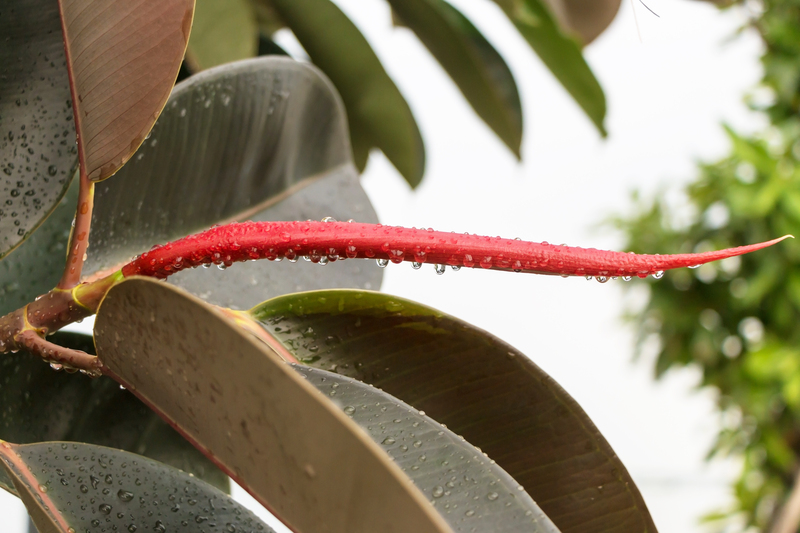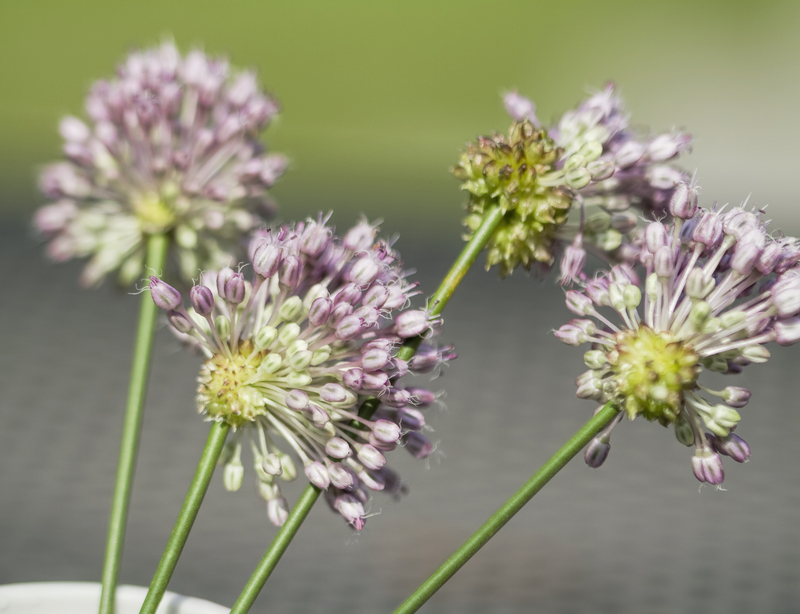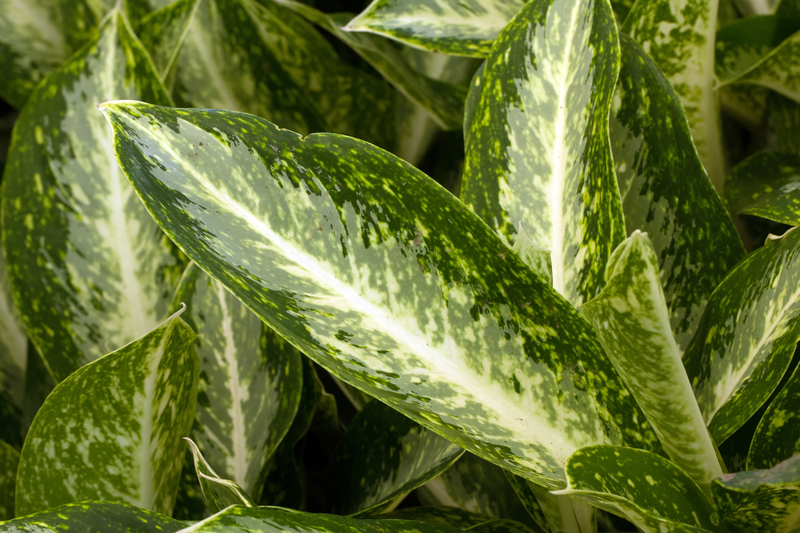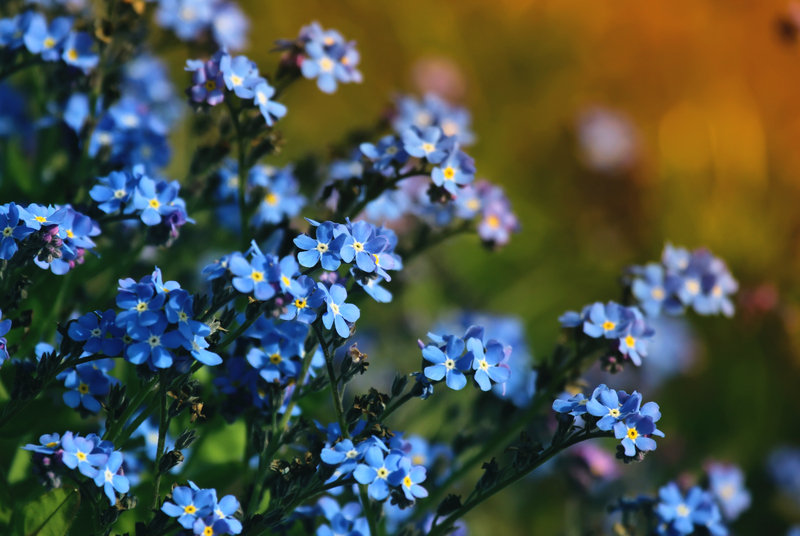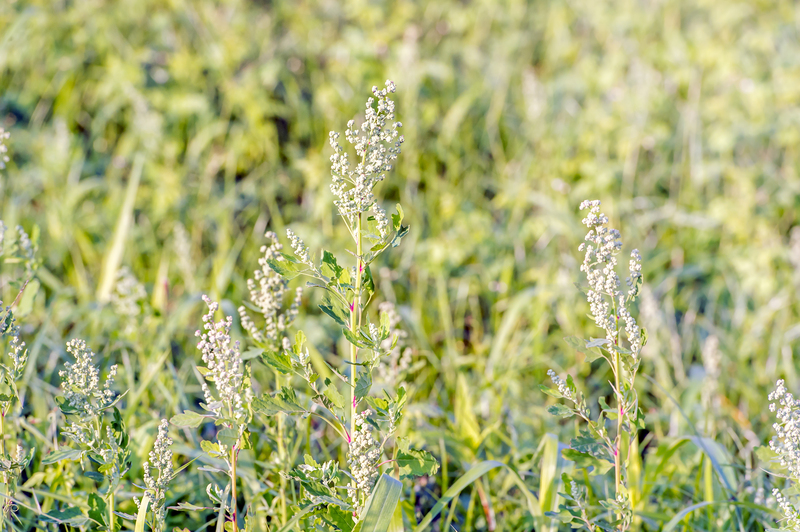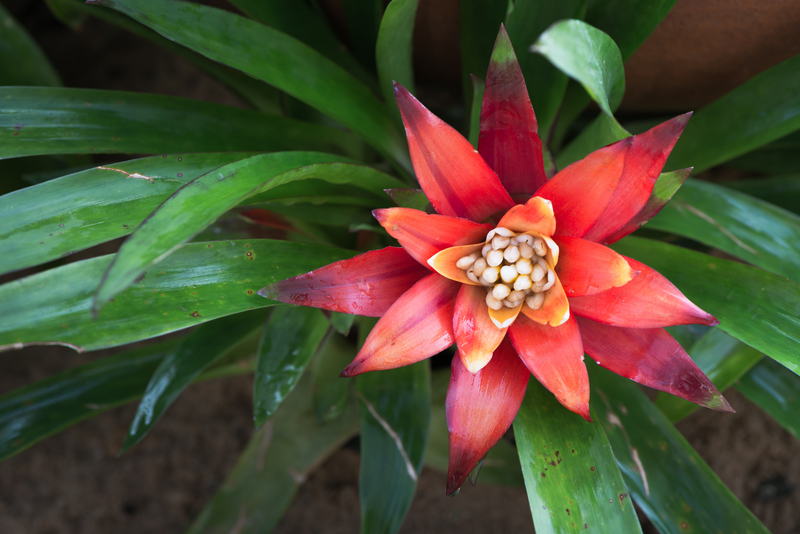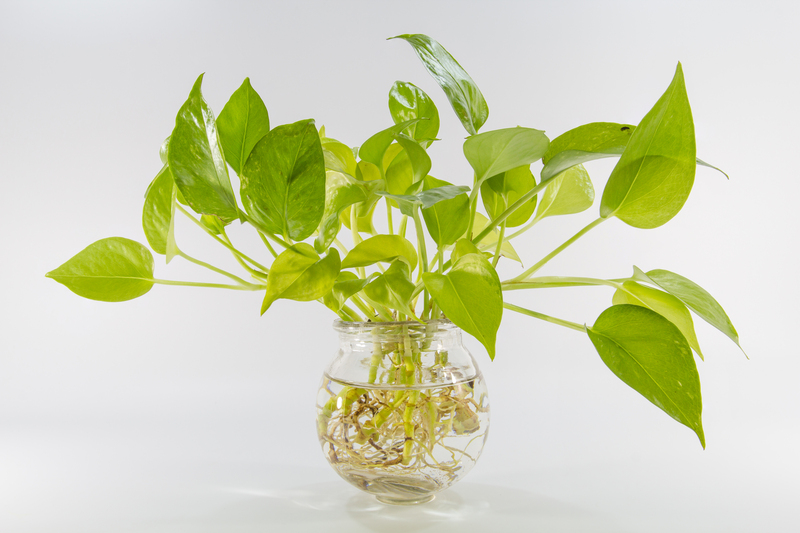The Ultimate Guide to Lawn Turf Installation
 Installing high-quality turf can transform your outdoor space, offering a lush and green lawn year-round. The process of lawn turf installation involves several steps to ensure a durable and vibrant result. Whether you're replacing an old lawn or establishing one for the first time, understanding the fundamentals is crucial for success.
Installing high-quality turf can transform your outdoor space, offering a lush and green lawn year-round. The process of lawn turf installation involves several steps to ensure a durable and vibrant result. Whether you're replacing an old lawn or establishing one for the first time, understanding the fundamentals is crucial for success.
Before beginning the turf installation, it's essential to assess your soil quality. Proper soil preparation lays the foundation for healthy grass growth. Testing the soil's pH levels and nutrient content helps determine any amendments needed to create an optimal growing environment.
Once the soil is prepared, selecting the right type of turf is the next critical decision. Various grass varieties offer different benefits, such as drought resistance, shade tolerance, and wear resistance. Choosing a turf that aligns with your climate and lawn usage ensures long-term satisfaction.
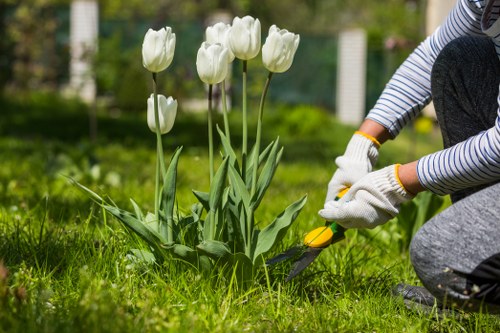 After selecting the appropriate turf, precise measurements and layout planning are essential. Accurate calculations prevent unnecessary waste and ensure that the turf fits seamlessly into your designated space. Using strings and stakes can help maintain straight lines and consistent borders during installation.
After selecting the appropriate turf, precise measurements and layout planning are essential. Accurate calculations prevent unnecessary waste and ensure that the turf fits seamlessly into your designated space. Using strings and stakes can help maintain straight lines and consistent borders during installation.
Installing the turf involves laying the rolls or slabs in a staggered pattern to mimic the natural growth of grass. This method reduces visible seams and promotes a uniform appearance. Ensuring that the turf is tightly pressed against edges and obstacles minimizes gaps and potential weed growth.
Once the turf is in place, proper watering is vital to help the grass establish its roots. Initially, frequent watering keeps the turf moist, but gradually reducing the frequency encourages deeper root growth. Monitoring moisture levels prevents overwatering, which can lead to fungal issues.
 Maintaining your newly installed turf involves regular care and attention. Mowing, fertilizing, and aerating are key practices that support healthy grass development. Keeping the lawn at the recommended height prevents stress and promotes dense growth.
Maintaining your newly installed turf involves regular care and attention. Mowing, fertilizing, and aerating are key practices that support healthy grass development. Keeping the lawn at the recommended height prevents stress and promotes dense growth.
Additionally, addressing any pest or disease issues promptly ensures the longevity of your turf. Using environmentally friendly treatments helps protect beneficial insects and maintains the overall ecosystem of your garden.
Investing in quality equipment, such as a sharp mower and proper irrigation systems, further enhances the efficacy of your lawn care routine. These tools streamline maintenance tasks and contribute to the overall health and appearance of your turf.
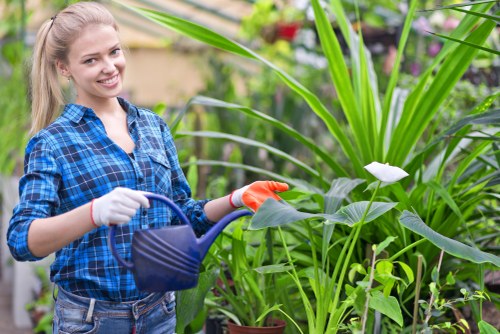 Enhancing your lawn with accessories like edging, pathways, and lighting can add both functionality and aesthetic appeal. Edging defines the boundaries of your turf, preventing encroachment from surrounding plants and structures. Pathways provide easy access to different areas of your yard, while outdoor lighting highlights the beauty of your lawn during evening hours.
Enhancing your lawn with accessories like edging, pathways, and lighting can add both functionality and aesthetic appeal. Edging defines the boundaries of your turf, preventing encroachment from surrounding plants and structures. Pathways provide easy access to different areas of your yard, while outdoor lighting highlights the beauty of your lawn during evening hours.
Integrating sustainable practices, such as composting and rainwater harvesting, supports the environmental health of your garden. These methods reduce waste and conserve water, contributing to a greener and more resilient landscape.
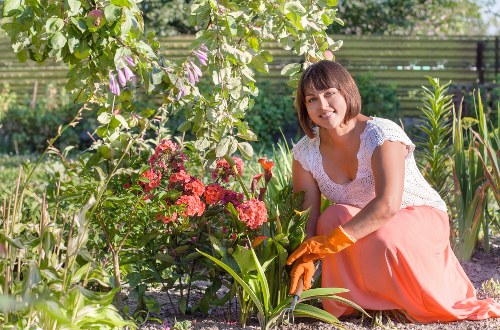 In conclusion, lawn turf installation is a rewarding endeavor that enhances the beauty and functionality of your outdoor space. By following best practices in soil preparation, turf selection, installation, and maintenance, you can achieve a vibrant and enduring lawn that serves as the centerpiece of your garden.
In conclusion, lawn turf installation is a rewarding endeavor that enhances the beauty and functionality of your outdoor space. By following best practices in soil preparation, turf selection, installation, and maintenance, you can achieve a vibrant and enduring lawn that serves as the centerpiece of your garden.
The investment in quality turf and ongoing care yields a lush, inviting environment perfect for relaxation, recreation, and social gatherings. Embrace the transformation that a well-installed lawn brings, and enjoy the myriad benefits of a green, thriving landscape.
